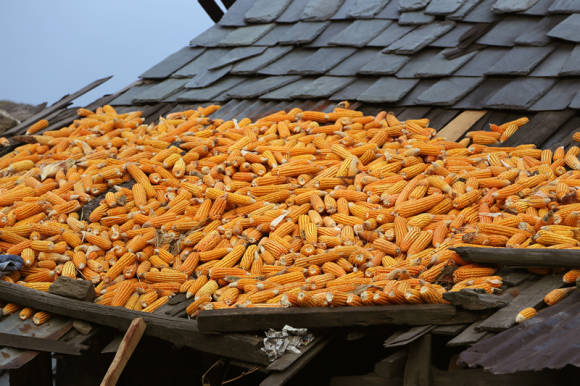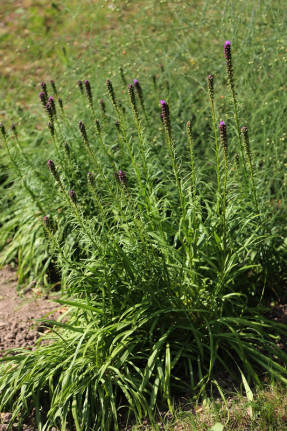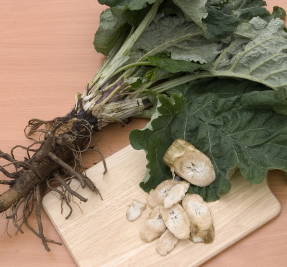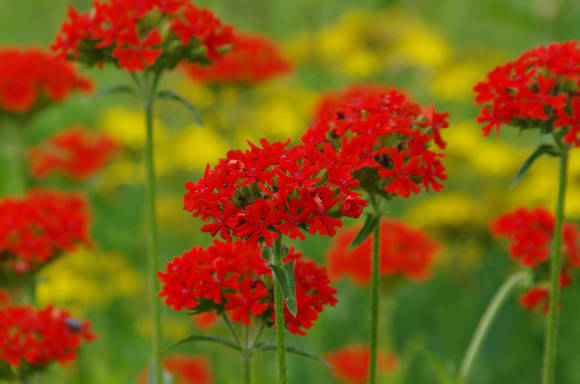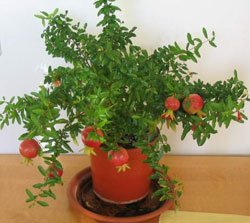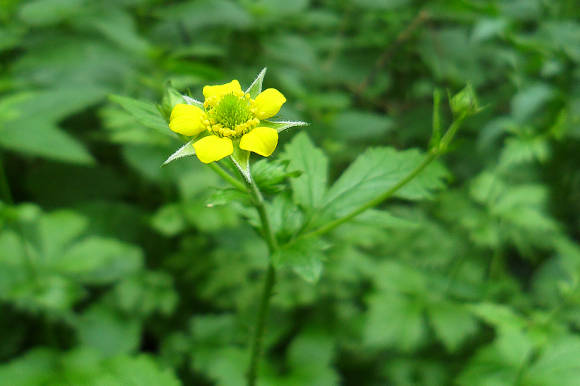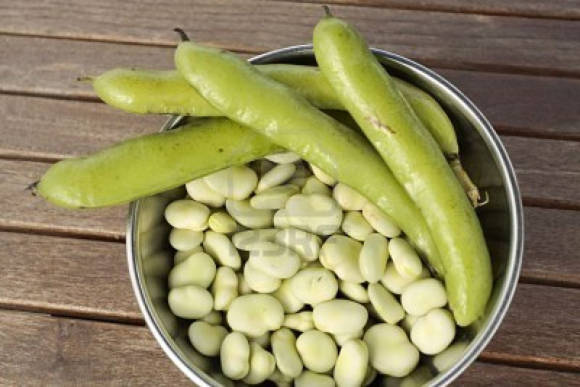
You must be very careful when choosing a place for planting this culture. When planting several trees at once, the distance between them should be at least 5 m, only when planting on a slope, trees can be planted closer, but not less than 3.5 m.
Pick-up location... Walnut requires constant sunlight and protection from the winds, only in this case the tree will be able to form a beautiful and spreading crown.
The soil... Walnut does not like groundwater close to the surface. This nut is not very whimsical to soils, but it will grow better on sandy and sandy loam, lime-rich soils. Strongly swampy and compacted soils are not for him, but moist calcareous loams with a low content of groundwater are quite suitable. Such a huge tree requires adequate nutrition, therefore, for its cultivation and normal fruiting, it is very important that the soil contains sufficient minerals and macroelements and has a neutral or slightly alkaline reaction.
Winter hardiness... An adult walnut tolerates low temperatures well, usually only young trees freeze out, so they are sheltered from frost, but trees that have reached the age of 8-10 years can already withstand even a really harsh winter storm. The most resistant to frost are walnut varieties such as Moscow Region, Ideal, Sadko, Astakhovsky. Fortunately, walnuts do a great job of recovering from a variety of injuries.
Care... Special care for mature trees is practically not required, usually they are watered abundantly only during periods of severe drought. Watering is necessary only for young trees in the spring and summer. Each tree needs about 3 buckets of water per 1 m² of soil, 2 times a month. Trees that have reached 4 m in height are watered less intensively.

Crown formation walnuts are not required. And the removal of unnecessary branches can be carried out starting in the summer, for example, at the beginning of June, and this is done in two stages. In the first year, a part of the branch is cut off, a small twig of about 7 cm is left. This already dried knot is removed from the tree only the next year in the spring, while the cut must be covered with garden pitch. In spring, living branches of a walnut cannot be removed, the tree will lose a lot of sap, and this will negatively affect the growth of the tree in the future.
Top dressing walnuts are usually carried out 2 times a year - in spring and autumn. Zot fertilizers are applied in the spring, and potash and phosphorus fertilizers - in the fall, before plowing. An adult tree aged 20-50 needs up to 7 kg of ammonium nitrate, 2-3 kg of potassium salt and up to 10 kg of superphosphate. Nitrogen fertilizers are applied carefully, as they can favor the development of bacteria that are harmful to the tree; in addition, nitrogen fertilizers are not applied in the first 2-3 years of fruiting of the tree, so that it can produce more nuts in the future.
The walnut has both male and female flowers that can bloom at different times (the time period can be up to 2.5 weeks!), So the harvest will be more abundant if other walnut trees grow in a diameter of 100 meters. But even without additional pollination, the walnut is capable of producing a pretty decent harvest.
Under favorable weather conditions and the absence of late return frosts, a walnut tree with a height of about 10 m can produce up to 40 kg of nuts per season. The walnut tree usually begins to bear fruit at the age of five or eight, retaining its ability to flower and set fruit for five centuries.
Read also articles:
- Walnut - acorn of the gods
- We plant a walnut with a nut
